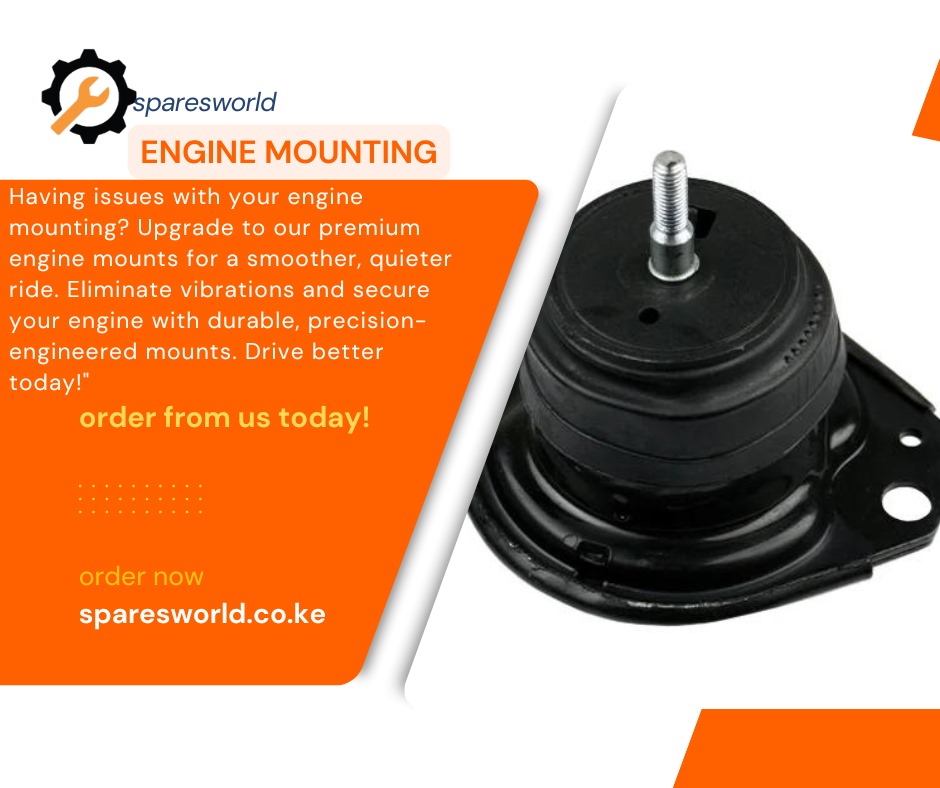Warning Signs of Worn Engine Mountings

Discover the critical signs that indicate your vehicle’s engine mountings may need inspection or replacement.
Understanding Engine Mounts and Their Function
Engine mounts are essential components of your vehicle that secure the engine to the chassis. They absorb and dampen vibrations and shocks, ensuring smooth engine operation and reducing the transmission of vibrations to the rest of the vehicle.
Typically made from rubber and metal, engine mounts also align the engine properly, preventing misalignment that can cause mechanical issues. Understanding their function helps in identifying potential problems early.
Common Symptoms of Failing Engine Mounts
One of the most common symptoms of failing engine mounts is excessive engine vibration. If you notice the engine shaking more than usual, it may be due to worn or damaged mounts.
Other symptoms include unusual noises like clunking or banging when accelerating or decelerating, and a noticeable shift in the engine's position. These signs indicate that the mounts may not be holding the engine securely.
How Vibration and Noise Indicate Engine Mount Issues
Vibration and noise are key indicators of engine mount issues. When the rubber in the mounts wears out or the metal components become damaged, they can’t effectively absorb vibrations, leading to increased noise and shaking.
This not only affects the comfort of your ride but can also lead to further mechanical issues if left unchecked. Listening for these signs can help catch problems before they worsen.
The Impact of Worn Engine Mounts on Vehicle Performance
Worn engine mounts can significantly impact your vehicle's performance. The engine may move excessively, causing misalignment and putting stress on other components. This can lead to increased wear and tear, reduced fuel efficiency, and potential damage to the exhaust system.
Additionally, poor engine alignment can affect the transmission and drivetrain, leading to costly repairs. Ensuring your engine mounts are in good condition is crucial for maintaining overall vehicle performance.
Steps to Diagnose Engine Mount Problems
To diagnose engine mount problems, start by visually inspecting the mounts for cracks, wear, or damage. Check for signs of oil leakage, as this can deteriorate the rubber components.
Next, perform a physical test by gently rocking the engine with the car in park. Excessive movement indicates worn mounts. Listening for unusual noises while driving can also help pinpoint issues.
If you're unsure, consult a professional mechanic who can conduct a thorough inspection and recommend necessary repairs or replacements.

 Loading..
Loading..